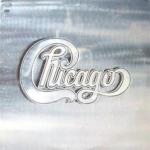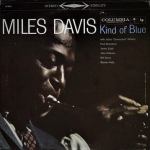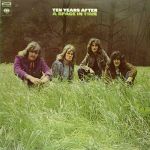Important Lessons We Learned from Record Experiments
There is one, and really only one, major problem with the sound of this album — too many overdubs, meaning too many generations of tape on too many instruments. There are easily three and four generations of tape on some of the tracks, probably more, all causing compression and a loss of transient information.
When the drums sound like cardboard boxes being hit with wet noodles it’s because they recorded them early on and then bounced their tracks down to another track and then bounced that track down to another track until what’s left sounds like a cassette tape you made of a song playing on the radio.
Yes, it’s that bad.
Best Evidence?
Side four. Side four is on most copies almost always the best sounding side. It’s also the side with the simplest arrangements, which means it probably has the fewest overdubs. The second track on side four is an obvious example. It’s mostly just bass, drums, flute, vocal and guitar, sonic elements which would more or less fit on the eight tracks of their eight track machine.
Listen to how real and immediate the sound is. You don’t hear that sound on the rest of the album because the rest of the album has multiple horn overdubs, multiple vocal overdubs and all kinds of percussion overdubs everywhere you look. Foreigner used 48 tracks to record Dirty White Boy. Chicago had eight to record their much more complex arrangements.
The result? They found themselves running out of tracks over and over again, resulting in reductions and further reductions, piling losses upon losses. This album is the poster boy for bad planning in the studio.
Not So Fast
Or is it? To our surprise we actually did manage to find at least one amazing side for each of the four sides of the album. Of course almost none of the hot sides mated with any of the others, meaning that the only way to get a complete album was to have at least two copies from which to play the best sides.
Meaning that bad pressing quality and bad mastering quality had to have been the principle cause of the mediocre sound of many of the copies we played. This is easily demonstrated by the fact that the stampers found on the best copies are sometimes the stampers found on the worst.
What Stampers Mean
Stampers mean something, but sometimes, as is the case here, they don’t mean much. (If you don’t know that by now you probably haven’t done that many big shootouts on your own. Can’t blame you — without lots of helpers in the cleaning and needle-dropping departments they’d be an even bigger pain than they already are. Even with three people involved it can still take almost all day, and that’s if you just happen to have ten or fifteen copies handy. It took us about two years to find that many, shopping at multiple stores weekly.)








